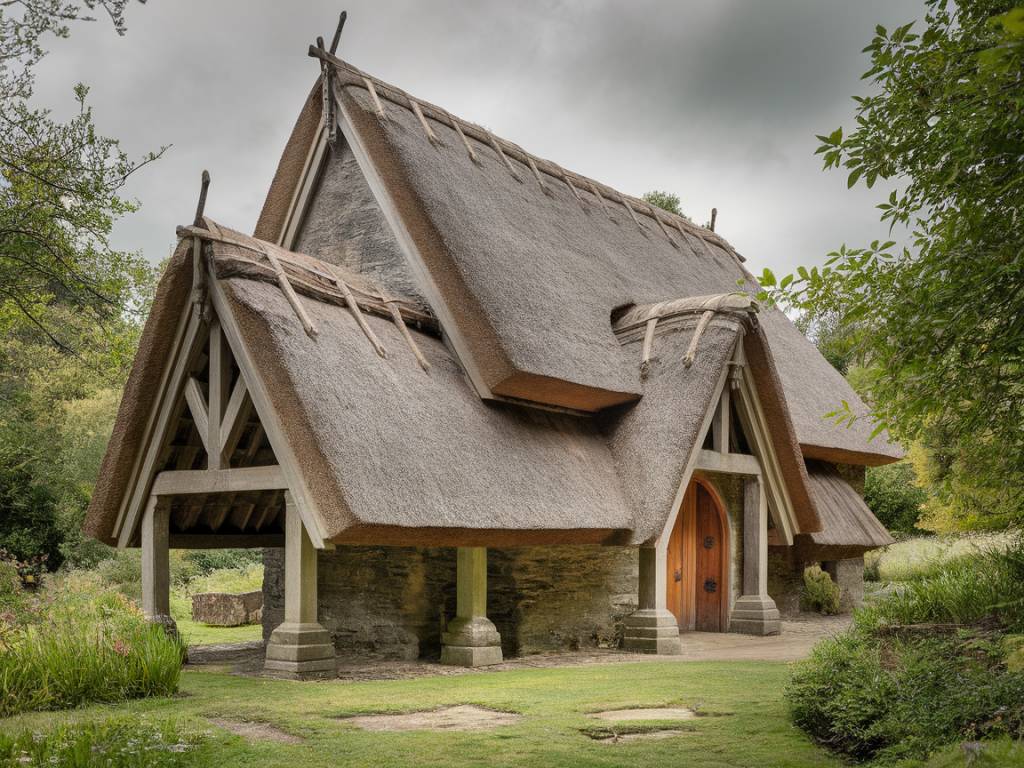The Soulful Beauty of Traditional Welsh Chapels
Walk through any corner of Wales, and you’ll undoubtedly come across a chapel – a quiet yet commanding presence in villages, towns, and rural landscapes. These chapels are more than just buildings; they are a reflection of Welsh history, culture, and the spiritual backbone of their communities. But have you ever stopped to admire their architecture or wondered about the stories they hold within their stone walls? Let’s take a deep dive into the architecture of traditional Welsh chapels and uncover their unique charm.
The Rise of Chapels: A Testament to Welsh Nonconformity
The architecture of Welsh chapels is deeply tied to the religious and social history of Wales. During the 18th and 19th centuries, Nonconformist movements, such as Methodism, flourished in Wales. These movements rejected the established Anglican Church and demanded places of worship that reflected their values – humility, community, and accessibility. And thus, the explosion of chapels began.
By the turn of the 20th century, Wales was home to over 6,000 chapels, each built with care, intention, and a clear nod to their local environment. While the design of these chapels may not scream opulence, their understated elegance lingers in the mind and stands as a testament to the faith and dedication of their congregations.
Key Architectural Features of Welsh Chapels
So, what makes Welsh chapels unique? While the architectural styles of chapels vary across the country, certain features are surprisingly consistent. Here are some of the key traits:
- Symmetry: Simplicity was a guiding principle in chapel design. Façades are usually symmetrical, often with centrally placed doors and evenly spaced arched windows. There’s a sense of balance that feels both humble and harmonious.
- Arched Windows: These striking features are not only functional, allowing light to flood the interior, but they also lend an unmistakable elegance to the otherwise modest exteriors.
- Gable Roofs: Many chapels sport traditional gable-end roofs, which are not only practical for the Welsh weather but also add a sense of height and openness to the design.
- Name Plaques: Most chapels bear plaques above their doors, inscribed with their name and often a year – a small but poignant reminder of the community spirit and history the building holds.
While the designs lean towards simplicity, there’s a quiet beauty in the restraint. Some chapels also feature subtle ornamentation, from decorative stone detailing to iron gates or stained-glass accents. It’s a case of less is more – Welsh architecture at its finest.
The Role of Local Materials
A hallmark of Welsh chapel architecture is its connection to the landscape. Builders relied heavily on local materials, which not only reduced costs but also ensured the chapels blended harmoniously with their surroundings.
In slate-producing regions like Gwynedd, you’ll often see chapels with sleek slate roofs. Meanwhile, areas rich in stone saw limestone, sandstone, or granite being used extensively. This choice of materials gives each chapel a unique character, speaking to the land it stands on.
A Peek Inside: The Interiors
Step inside a traditional Welsh chapel and you’ll find another world – one focused on the congregation. Interiors are often arranged in an amphitheater style, designed to bring the preacher and congregation closer together while ensuring everyone has a clear view of the pulpit.
Wood is a dominant feature, with intricately carved pews, railings, and a central pulpit. Many chapels opted for gallery-style seating to maximize capacity. These galleries, supported by slender columns, add a sense of height and grandeur to spaces that might otherwise feel simple.
In older chapels, you might notice a lack of overt religious symbols, reflecting the Nonconformist ethos of simplicity and focus on communal worship over ornamentation.
Community Hubs, Past and Present
Welsh chapels have always been more than places of worship. Throughout the 19th and early 20th centuries, they were vibrant community hubs where people gathered not just for sermons but also for Sunday schools, Eisteddfodau (cultural competitions), and even political meetings.
An interesting tidbit? Many of Wales’ greatest choirs can trace their roots back to chapel congregations, where hymn-singing was – and remains – an integral part of services. The acoustics of these chapels, with their high ceilings and wooden interiors, often enhance the rich, harmonious sound of voices singing in unison.
The Chapel Decline and Legacy
As lifestyles and communities have evolved, many chapels have fallen out of regular use or been repurposed. Some now serve as homes, community centers, or even boutique cafés. While it’s bittersweet to see their original purpose wane, these new uses often breathe fresh life into these historic buildings, ensuring they remain part of the Welsh landscape.
For those keen to explore, some chapels are open to the public, allowing glimpses into their architectural splendor and the role they once played in Welsh life. A few favorites include Capel Peniel in Bethesda, Capel Garmon in Conwy, and Soar Chapel in Merthyr Tydfil. Each has its distinct character but tells a similar story of faith, community, and craftsmanship.
An Invitation to Look Closer
Next time you find yourself wandering the Welsh countryside or strolling through a bustling market town, take a moment to appreciate these chapels. They may not tower like grand cathedrals or shine with gilded splendor, but their quiet dignity speaks volumes.
Have you visited a traditional Welsh chapel that left you in awe? Or stumbled across a lesser-known gem tucked away in a small village? Share your experiences – and your favorite hymns – with us. After all, in Wales, everything, even the humblest of chapels, has a story waiting to be told.

